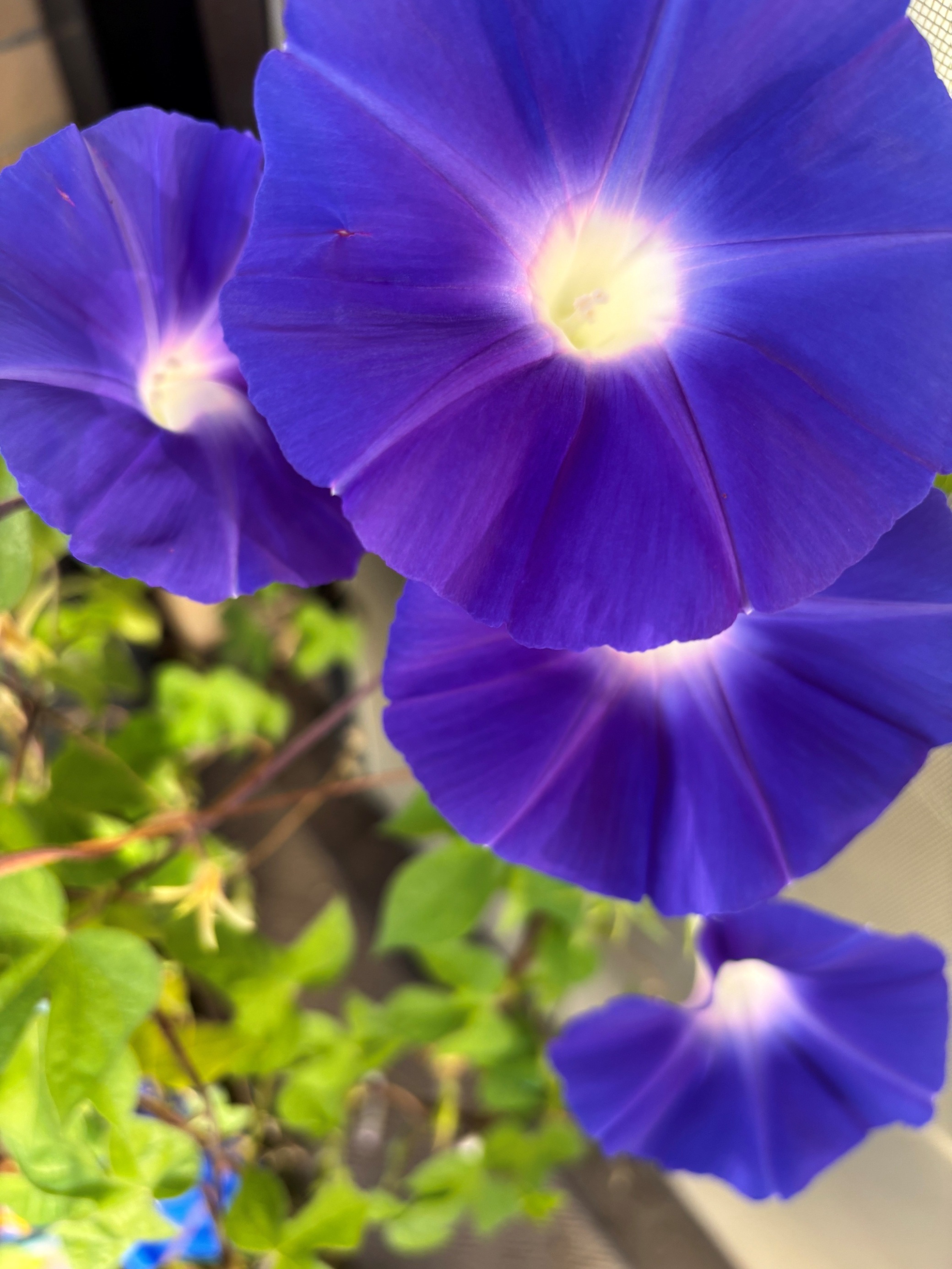
ついに、暑かった夏が終わりましたね。
今年は、小学生の娘の夏休みの宿題で、「アサガオを育てて種を収穫する」という課題がありました。
しかし、夏休み中に種はできず、10月に入った今も、まだ種は収穫できていません。
私自身も子供のころに、学校でアサガオを育てて種を採った経験がありますが、ここまで苦戦した記憶はありません。むしろ、簡単に収穫できる印象でした。
原因を調べてみると、意外なことがわかりました。
アサガオは、「夏の花」というイメージがありますが、実は気温が高すぎると花粉の量が減り、種ができにくくなるそうです。
娘のアサガオも、今年の記録的な猛暑が原因で、種がつきにくくなっているのかもしれません。
良かれと思って南向きのベランダにアサガオを置いていましたが、日当たりが良すぎたのも裏目に出たようです。
また、我が家は、マンションの6階なので「虫が来ないから受粉できないのでは?」と疑っていましたが、アサガオは、「自家受粉」できる植物だということがわかりました。しぼんだ花びらが落ちるときに、自動的に受粉できる仕組みが備わっており、虫がいなくても問題はないそうです。
自然のデザインには本当に驚かされます。
そして10月に入り、暑さが和らぐと、アサガオは急に元気を取り戻しました。待っていましたと言わんばかりに花を咲かせ、子房(花の下の部分)がふくらんで、ようやく種ができそうな兆しが見えてきました。
今年の夏は、40度近くまで気温が上がる日もあり、身の危険を感じるほどの暑さでした。流石のアサガオも暑さに負けていたのだと思うと、温暖化の影響を身近に感じずにはいられません。
種を収穫したあとは、アサガオの茎や蔓を使ってリースを作る授業があるようです。アサガオにそんな楽しみ方があるとは知らなかったので、完成が今から待ち遠しいです。
アサガオが毎年、翌年に繋がる種を残すように、私たちのアイデアも知財制度を通じて次の世代に受け継がれていきます。そう考えると、知財もぐっと生活に近い存在に感じられるのではないでしょうか。
急に寒くなってまいりましたので、どうぞ体調にはお気をつけください。
The hot summer has finally come to an end.
This year, my elementary school daughter had a summer assignment to grow morning glories and collect their seeds.
However, no seeds formed during the summer vacation, and even now in October, we still haven’t been able to harvest any.
I remember growing morning glories and collecting their seeds when I was a child, but I don’t recall having such a hard time. In fact, I remember it being quite easy.
When I looked into the reason, I found something unexpected.
Morning glories are often associated with summer, but in fact, when the temperature gets too high, their pollen production decreases, making it harder for them to produce seeds. This year’s record-breaking heat may be why the plants are having trouble forming seeds.
Thinking it would help them grow, I placed the plants on our south-facing balcony, but it seems the strong sunlight ended up working against them.
Since we live on the sixth floor of our apartment building, I also wondered if the lack of insects was preventing pollination. But I learned that morning glories are capable of self-pollination. They have a mechanism that allows them to pollinate themselves automatically as the petals close and fall, so even without insects, it’s not a problem.
Nature’s design truly never ceases to amaze me.
Then, as October arrived and the heat began to ease, the morning glories suddenly sprang back to life. They are now blooming as if to say, “We’ve been waiting!” I’m happy to see that their ovaries at the base of the flowers have started to swell, showing the first signs that seeds are finally forming.
This summer, temperatures sometimes climbed close to 40°C (about 104°F), making it feel dangerously hot at times. Realizing that even morning glories couldn’t withstand the heat made me feel just how close the effects of global warming have become.
After the seeds are collected, the students will use the vines and stems to make wreaths. I never knew we could enjoy morning glories in that way, and I’m already looking forward to seeing the finished wreaths.
Just as morning glories leave their seeds behind to bloom again the next year, our ideas, too, are passed on to future generations through the intellectual property system. When I think of it that way, intellectual property feels much closer to everyday life.
It’s getting colder, so make sure to stay warm and take care of yourself.
1